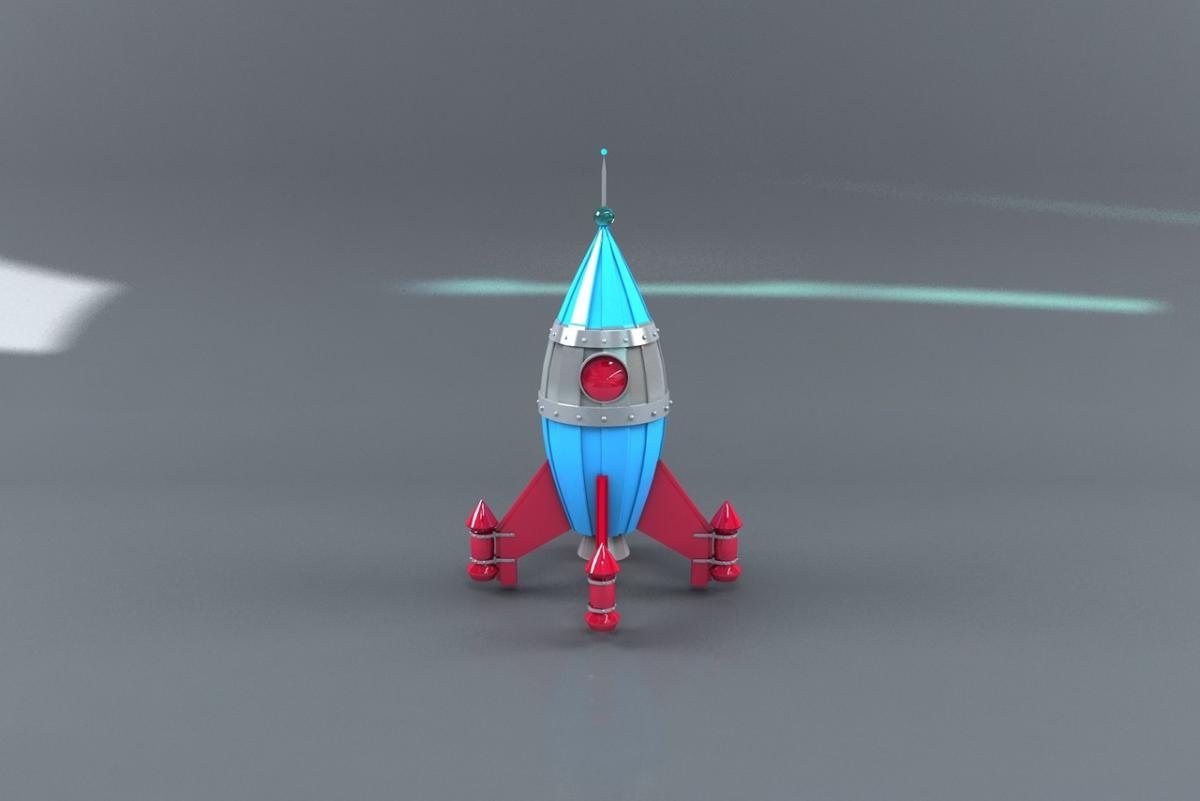When it comes to building your model rocket, selecting the right design can really boost your experience as an enthusiast. Think about what type of launch you want, whether it’s for speed, altitude, or just to show off at the local field. Each rocket design offers its own set of features that can either enhance or limit your flying goals.
First off, consider the rocket’s size. Larger rockets tend to have more power and can reach impressive heights, but they also come with extra challenges like weight management and stability. If you're just getting back into the game, a smaller rocket might be your best bet to help you get back in the groove without the hassle.
Next, take a look at the rocket’s shape. Aerodynamics play a huge role in how well your rocket will perform. Nose cones that are pointed handle air resistance better, while wider body tubes can offer more stability. Do a little research on different designs and see which shapes have worked wonders for others in the community.
Finally, the materials used in your rocket can make a big difference. Lightweight materials can help your rocket climb higher, but make sure they’re sturdy enough to withstand the forces of launch and flight. Balsa wood is popular, but you might also consider fiberglass or lightweight plastics, depending on your experience level and the expected performance.
By thinking through these factors, you can choose a rocket design that not only suits your personal skill level but also brings a whole new level of excitement to your launches. Happy crafting!
Essential Tools for Successful Launches
Ready to take your model rocket launches to the next level? Having the right tools can make all the difference. Here’s a quick rundown of essential tools that will help ensure your launches are not only successful but also super enjoyable.
Launch Pad: A good launch pad is your rocket's best friend. Look for one that's sturdy and adjustable. This ensures your rocket stays stable during launch and can handle a range of rocket sizes. An adjustable launch pad allows you to tweak the angle for optimal flight, depending on the rocket's design.
Launch Controller: Pairing your launch pad with a reliable launch controller is key. Go for a controller with a strong safety feature and a long-range cable—this keeps you at a safe distance while your rocket is blasting off. A well-designed controller also makes it easy to set up everything quickly.
Wiring Tools: You'll want some basic wiring tools on hand, like wire strippers and soldering equipment. These tools come in handy when you're working with igniters and ensuring everything is connected properly. Good wiring can make your launches smoother and prevent pesky misfires.
Safety Gear: Last but definitely not least, don’t overlook safety gear. Protective eyewear is a must, along with gloves if you're handling any rocket engines. Being cautious eliminates risks and keeps your focus on enjoying the launch.
Advanced Techniques for Better Performance
So, you've got the basics down and are ready to take your model rocketry skills to the next level? Awesome! Here are some advanced techniques that can really boost your rocket's performance and make those launches even more exciting.
1. Fine-Tune Your Rocket Design
Experimenting with different rocket shapes and fins can help improve stability and aerodynamics. Try to adjust the size and placement of your fins for better control in flight. A rocket that's well balanced will glide through the sky much more smoothly.
2. Optimize Weight Distribution
Weight matters a lot in rocketry. If you can, move weight lower in the rocket to help with stability. Additionally, using lighter materials for non-essential parts can really make a difference in how high and fast your rocket goes!
3. Advanced Launch Techniques
Consider using a launch controller that allows you to adjust the ignition timing. This way, you could ignite the rocket closer to vertical for a more powerful ascent. Just make sure to practice safety and follow all guidelines.
4. Experiment with Different Propellants
If you want to push the envelope, try using different types of propellant. Each formula can produce different thrust outputs, affecting your rocket's speed and altitude. Just remember to use them responsibly and according to manufacturer guidelines.
By applying these advanced techniques, you’ll not only improve your rocket's performance but also enhance your overall rocket-building experience. Happy launching!
Safety Tips for a Successful Experience
When it comes to launching model rockets, safety should always be your top priority. A little prep goes a long way toward ensuring a successful and, more importantly, safe flight. Here are some essential safety tips to keep in mind:
Taking these precautions can help create a fun and exciting rocket-launching experience without unnecessary risks. So, gear up, stay safe, and enjoy the thrill of flight!



